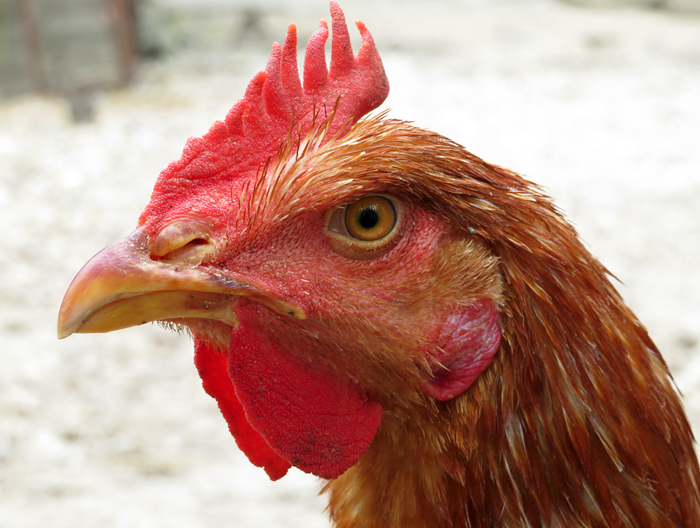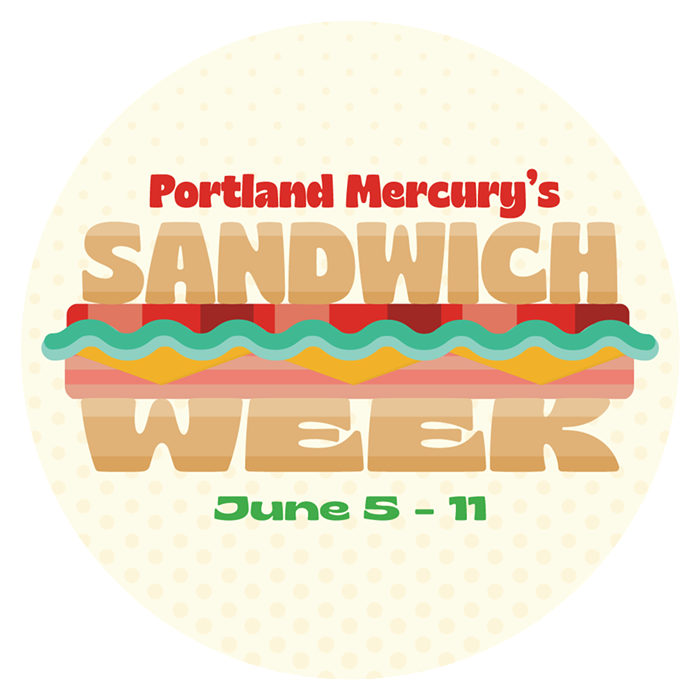I'M AT A SHINY new fitness studio on SE Division because of my shitty back.
My back is shitty because my left leg is shitty—it's shorter than my awesome-no-problems-at-all right leg. Every few years, my back will seize up, and I'll spend days on the floor. I've tried acupuncture, chiropractors, shoe lifts, yoga, and the very beneficial physical therapy. But with a new outbreak of bad back in December, I turned to Pilates.
The creator of this exercise method, Joseph Pilates, was a German internee in England during World War I. As the Pilates Method Alliance says, "He became a nurse/caretaker to the many internees struck with wartime disease and physical injury. Here, he began devising equipment to rehabilitate his 'patients,' taking springs from the beds and rigging them to create spring resistance and 'movement' for the bedridden. In a way, Pilates equipment today is not much different than that of yesteryear," as it helps the body learn to be more efficient.
So I got a private hour-long session with senior instructor Erin Scuglia at Studio Blue. She had me lie down on a machine called the Cadillac—a hospital-like bed, with pulleys overhead—to assess my posture. What happened next was a revelation. See, I've always thought I had decent posture. On more than one occasion, perfect strangers have complimented my ramrod seating style. But really, it's been terrible. WHA?! Yeah, I'm a rib thruster. I stick out my ribs and throw my shoulders back, which makes my lower back hinge like I'm doing a back bend all day, every day. This is a posture I especially employ when my back hurts, which just makes it worse.
Scuglia also had me do a series of exercises on the reformer machine—a bed with a moving carriage that's weighted with springs and equipped with hand/foot straps, like a fancy medieval torture machine. She had me really concentrate on keeping my lower ribs, shoulders, and pelvis down on the bed, focusing on getting my very lowest ribs closer to my hipbones on the front of my body. This position immediately made my back feel better.
My homework was to keep practicing this new good posture—resetting my body whenever I felt it lapse into its old ways. The reset: Stand against a wall with feet a few inches away from the wall. Butt, lower and upper ribs, shoulders, and back of head (tuck that chin a bit) are flat against the wall. If it's too hard to get all those body parts against the wall, step further away. Now relax, and gently raise arms overhead without disengaging from the wall. You might not get those arms very high, but it will teach the body how to activate good posture when moving.
Besides the postural aha moment, Scuglia also gave me sage words of rehab advice. Be gentle, dumbass. (As a classy lady, she didn't actually say "dumbass," but that's what I inferred.) When stretching, I tend to Hulk it, stretching that neck for all it's worth, or clenching the ever-loving hell out of my abs in an attempt to get core strength. Easy does it, big hurt-back baby.
"It's about being comfortable where you're at today and not pushing through pain. There's a difference between good and bad pain. You're creating bad motor patterns," says Studio Blue's co-owner Dan Walton, who's also a senior instructor. "My mentor says, 'Practice doesn't make perfect, perfect practice makes perfect.'"
Just that tiny postural adjustment made a world of difference. For 70 to 75 measly dollars, I could have saved myself thousands in bodywork and years of back pain, so I highly recommend the one-on-one analysis. But I wanted to stay on the road to improvement, so I also attended classes. At Studio Blue's Southeast location, Scuglia led an hour-long class on the reformer machines. With cues and adjustments, she directed us through a series of movements and exercises. My muscles felt long and well balanced thanks to the machine's leverage, and she made sure I wasn't doing anything wonky.
"The machines offer a lot more support [than mat classes]. It helps with range of motion," says Walton. "The machines are also cool because they work with controlled movement. One part moves while another's not tense. You can create supple smooth movement without rigidity in the body."
Walton knows about injury recovery. He used to work silver tray service, feeling the effects of carrying heavy loads on one side of his body, he says over coffee at St. Honoré before he heads off to do instruction with the Oregon Ballet Theatre. "We've seen a lot of success with injuries. It's pretty amazing. It's the best feeling in the world to get people back to what they love to do."
I'd love to have a pain-free back, and I'm happy to say that I've felt markedly better even after my short time doing Pilates. Hopefully I can translate these alignments to everyday activities that have proven tough on my body—like playing roller derby, and even worse, working at a desk.
Studio Blue, 3340 SE Division and 512 NW 17th, studiobluepdx.com













